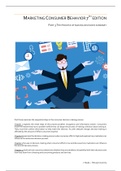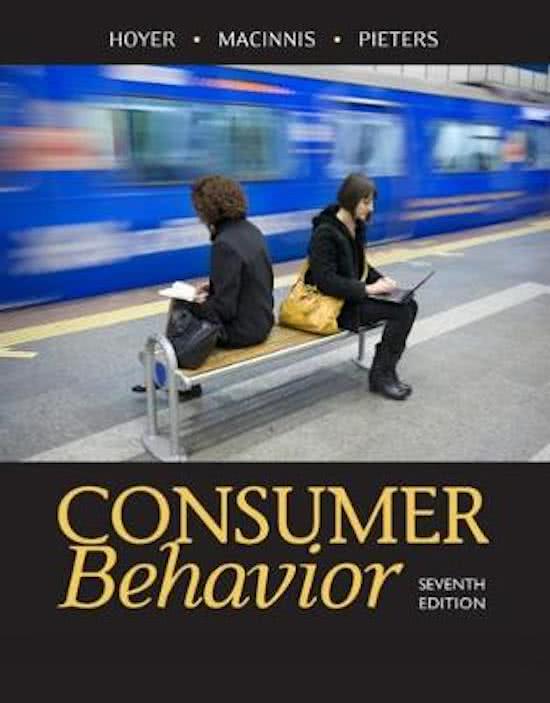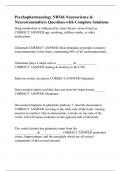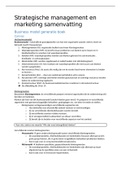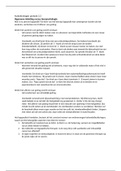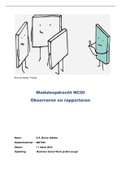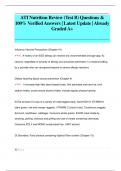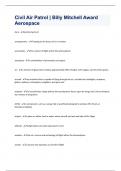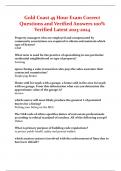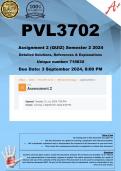Summary
Marketing Consumer Behavior 7th edition - Part 3 The process of making decisions summary H7 - H10
- Course
- Institution
- Book
Marketing for premaster. Extensive summary with a glossary per paragraph and many examples. Part 3 The process of making decisions contains the chapters 7,8,9 and 10. You can download the flip-cards for the glossary below.
[Show more]
